Learn the right Badminton Grip to help you play better
Badminton Training
In this article, we discuss the correct grip on the badminton racket in badminton training. Badminton game is a very popular sport played currently in Malaysia, and it’s easy to learn. In this article, we give you some of the basics of badminton and explain how to use the right badminton grip. We also give you some simple exercises that you can perform to improve your technique while in your badminton game.
This is the first thing you need to know is :
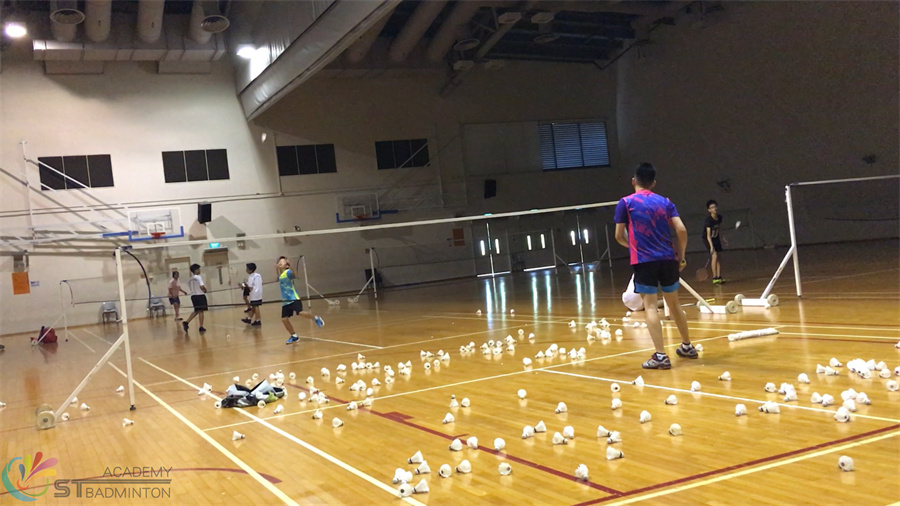
1. Understand the Badminton Racket
Badminton Training
One of the most important factors to consider when choosing a badminton racket is the type of string used. A badminton racket with a low-tension string will provide you with easy return using lesser strength while a high-tension string will provide you with high control but have to hit harder. Another factor to consider is the length of the racket. The racket length for kids is shorter compared to a normal racket. A shorter length is best for beginners and small kids because they will be easier to control and more accurate.
There are several benefits to using the right badminton racket equipment, including it is easy to use. The badminton racket equipment is also fairly durable and can last for a long time. The badminton racket equipment is very portable and can be carried with you wherever you go especially in Malaysia.
The badminton racket is one of the most important parts of your game. It can be used to hit the shuttle or to return it. The shape of the racket also has a big impact on how well you can play a famous option is the ISO frame. The length of the racket, weight, balance, and swing weight of the racket are important factors in determining how well you will play with a particular racket.
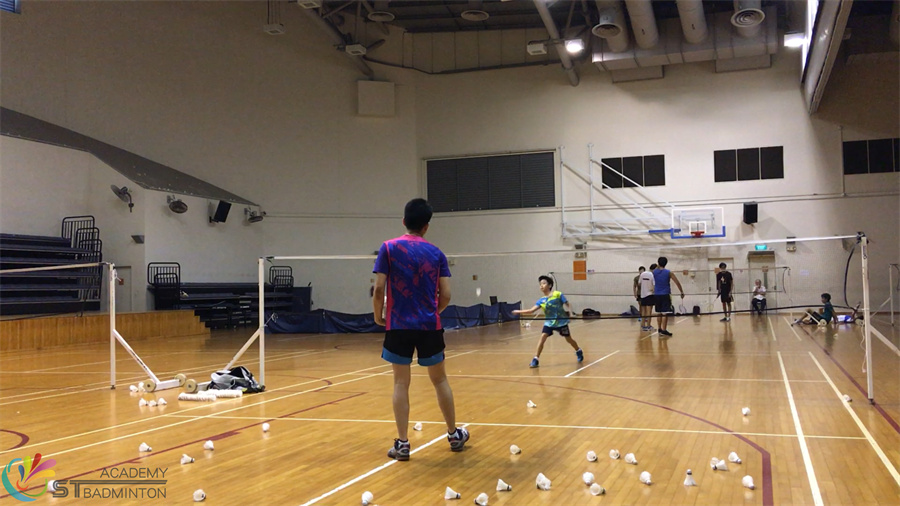
2. Understand the holding badminton Grip
Badminton Training
In order to play badminton well as well as in badminton training, you must have a good grip. A strong grip will help you to keep your balance and hit the shuttle quickly and consistently. It will also help you to control the shuttle and make it land in the right place. Here are some tips on how to hold the shuttle properly: Keep your wrist loose and relaxed. Remember, use your other three fingers should be spread out evenly. Use your thumb finger to push the shuttle when you’re serving backhand serve.
There are several benefits to learning how to hold badminton when you join badminton training. For example, you can improve your game, and learn to play in a more effective way. The main benefit of learning how to hold badminton is that it can make you a better player. You can improve your game by improving your technique. Holding badminton correctly can also reduce the chances of injury. In addition, holding badminton properly can also make it easier for you to move around and play.
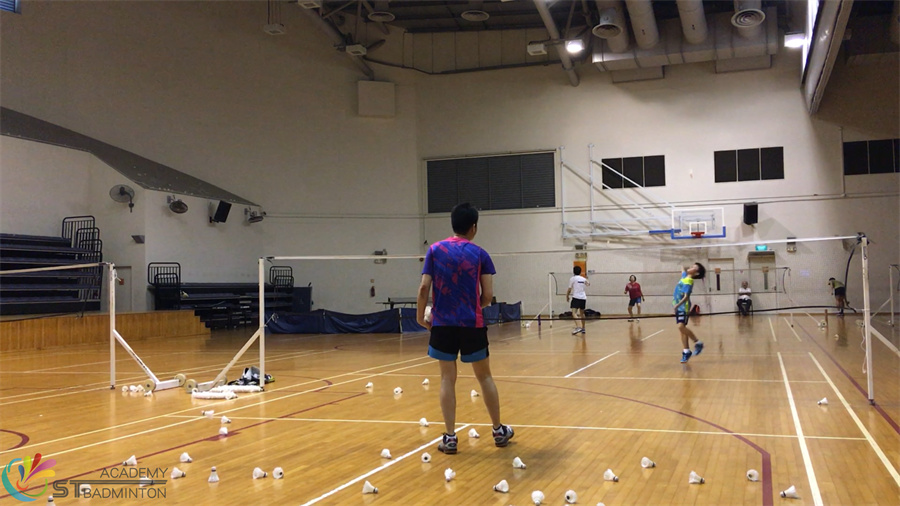
3. Learn How to Hold Your Racket
Badminton Training
There are several benefits to learning how to hold your badminton racket correctly. For beginners, it will make you a better player. It will also improve your hand-eye coordination. You’ll be able to get a more accurate swing on the badminton racket and you’ll be able to hold it for longer periods of time. It will also help you get a stronger grip on the racket so you can hit harder and stronger. Finally, it will help you play in a better manner.
If you are holding the racket correctly, you will be able to swing it easily and powerfully. If you are not doing this correctly, you may injure yourself, and look ugly while you are playing. The grip should be tight, but not too tight. You shouldn’t squeeze the grip so hard that you can’t move your hand as sometimes we need to switch from forehand to backhand. It’s okay to grip the handle lightly. You should keep the handle of your racket firmly, but not too tightly. If you are too tight, your fingers will not able to generate power when you hit the shuttles. If you have a weak grip, you won’t be able to play well.
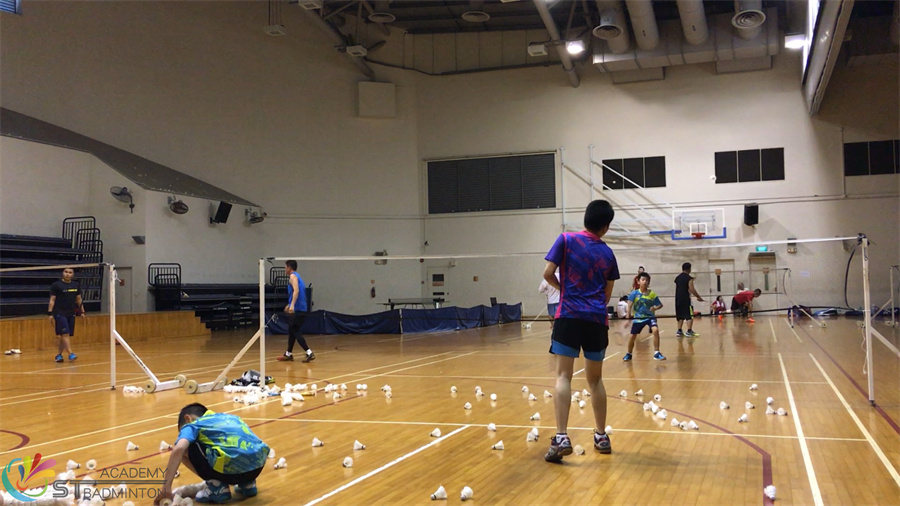
4. Practice Hold Proper Grip
Badminton Training
Badminton grip is a very important part of playing badminton. It is the hand position that allows you to swing the racket and control the shuttlecock. There are two different grips used in badminton. The first is called the “forehand grip.” The forehand grip is used to hit the shuttlecock with a straight racket, and it is most often used in all badminton games. The second is called the “backhand grip.” The backhand grip is used to hit the shuttlecock like push, drive, clear, and even smash, etc. A proper grip on a badminton racket is important. When you hold the racket correctly, you will hit the shuttlecock with more power.
If your grip is correct, then you will be able to swing the racket with ease. It is important to practice these techniques so that you can improve your game and get better results. The following tips are for beginners who want to start playing badminton.
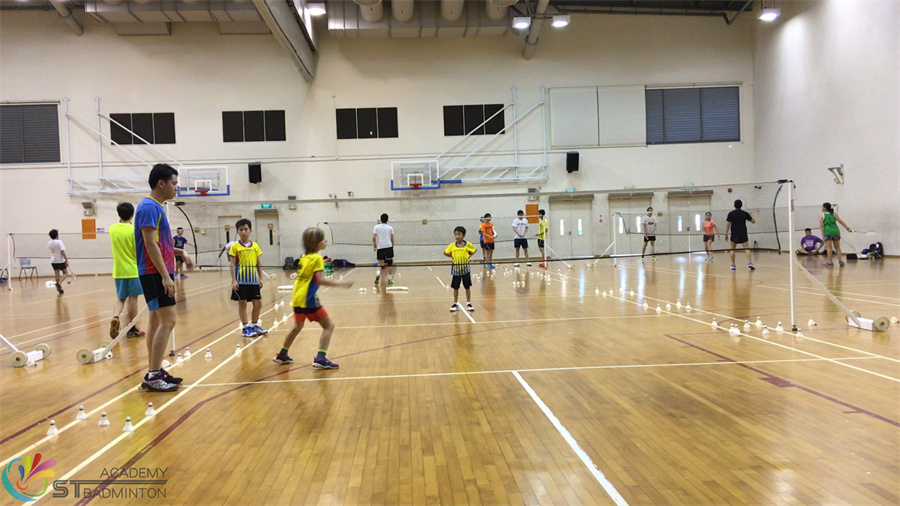
5. Correcting Mistakes
Badminton Training
The main reason why the badminton grip should be corrected is that it will prevent you from injuring your fingers and can perform all other badminton skills easily. The other reason why you should correct your badminton grip is so you can improve your game for sure.
Correcting mistakes can be a challenge for beginners in badminton. The first thing you should do is check your grip often, especially in badminton training. You want to make sure you have grip the correct one. If you are gripping too tightly, you could damage your wrist and elbow. If you are gripping too loosely, you could lose control of the shuttlecock. When you are practicing your serve, make sure you are hitting the shuttlecock as hard as possible. This will help you to learn how to stroke the shuttlecock consistently.

6. Swing Position
Badminton Training
Swing of the badminton racket is important because if the swing is too fast with the wrong foundation, it can cause injury to the wrist if you are holding the wrong grip. If it is too slow, it can result in a poor return to the opponent. The swing of a badminton racket is the most important factor in determining a player’s ability to play the game. Those with more natural hand and wrist strength tend to have more control over the swing and are better players. Everyone knows badminton is a sport that requires a lot of skill and coordination. The player must be able to control the racket to hit the shuttles properly.
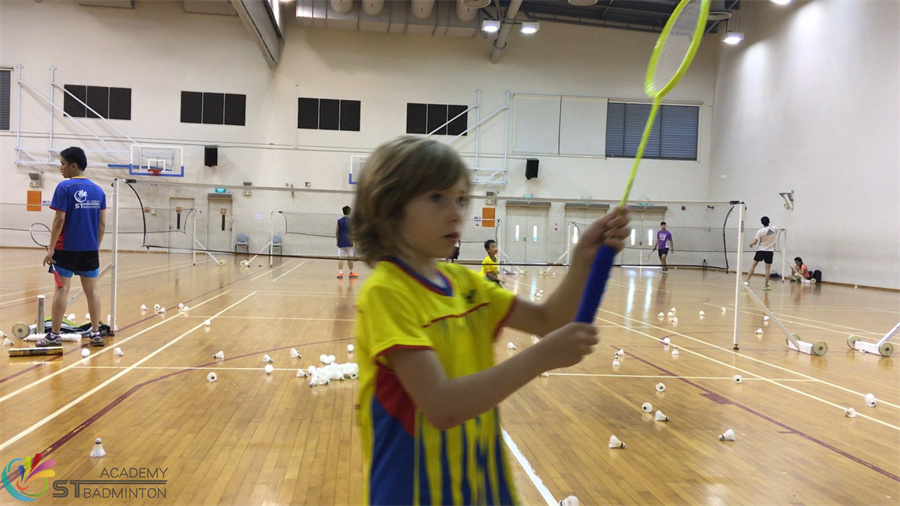
7. Shuttlecock Position
Badminton Training
The shuttlecock position is important for badminton. When you hold the shuttlecock correctly, it is easy to hit the shuttlecock. However, if you hold the shuttlecock incorrectly, you will miss the shuttlecock and possibly create more bad habits. There are 3 main ways to hold a shuttlecock: with your thumb and two fingers, with your thumb and forefinger, and with your index finger.
If you are a beginner at playing badminton, it is best to hold the shuttlecock with your index finger and middle finger. Hold the shuttlecock with your fingers slightly apart and your index finger straight up in the air. To be able to hit the shuttlecock accurately, you need to know the different angles of your racket. Make sure to practice these angles to improve your skills.
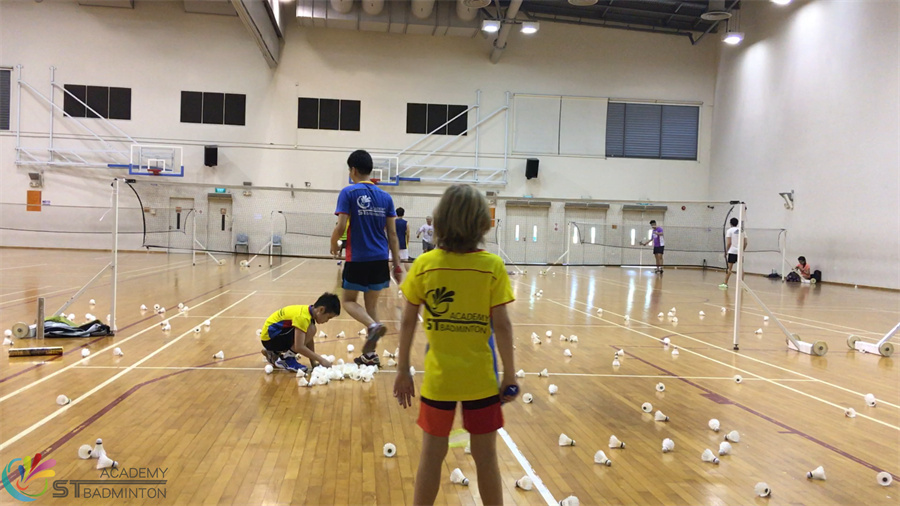
8. Forehand Shot
Badminton Training
The forehand shot normally can cover more than 60% in badminton games. Equally important, it can help player push, tab, and attach like the famous shot smash and more.
Forehand by using your wrist, elbow, and shoulder. The wrist is the main part of your hand that you need to use to make a good forehand. The forehand should have a lot of speed, so you need to be quick with your wrist. Elbow should be bent and your shoulder should be up.
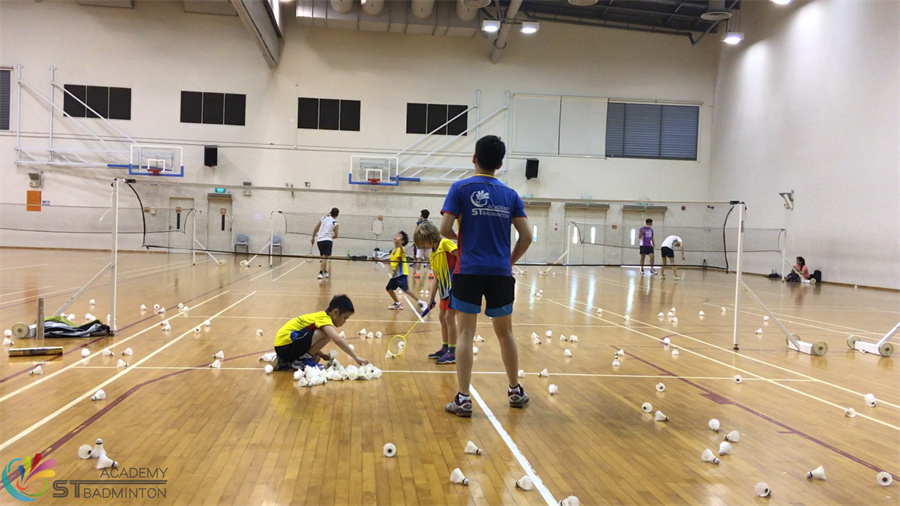
9. Backhand Shot
Badminton Training
The backhand is a great skill to hit the shuttlecock into the opponent’s court making the opponent surprised. This is a very important move because if you don’t do this, you will be out of the game.
You must practice this shot for a long time to become good at it. In order to do this, you should have a strong forehand. This is the first step. If you can’t make a good forehand, you will never be able to make a good backhand. If you can’t make a good backhand, you will never be able to win the game.
The backhand is a very difficult shot to play, and you can’t practice it at home. As if you practice wrongly, surely will regret it as very difficult to change back due to muscle memory being firmed. Moreover, you have to practice it at the badminton courts with a good badminton coach. The best way to learn how to play this shot is to watch some of your favorite players playing the backhand, and you will be able to learn a lot of things about this shot. Normally you should be very careful when you are hitting the shuttlecock with your backhand because you can injure your back, shoulder, or wrist if you aren’t careful.

Thank you for reading.
Badminton Knowledge
A learning community
Benefit of
Professional Badminton Grip
Better control
Improve wrist flexibility
Improve power of shot
Improve speed of skill
Reduce injury
Back to the training homepage.




